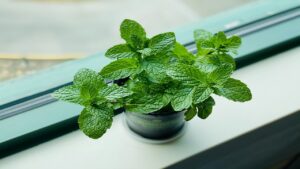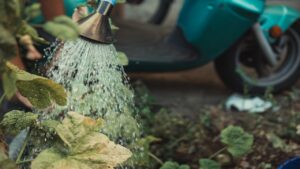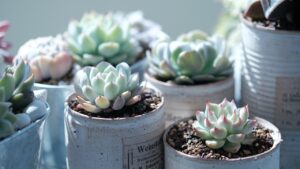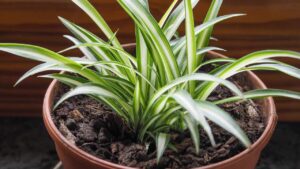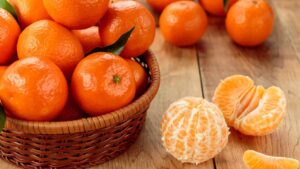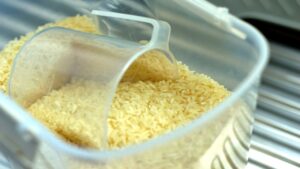No, It’s Not Fake. Do You Know the Heart-shaped Plant? It’s Very Easy to Have at Home
Today, we’ll introduce you to a little-known succulent plant, but its remarkable appearance is so captivating that it’s hard not to fall in love with it. We’re talking about Hoya kerrii, commonly known as the heart-shaped plant. Its unique feature is its thick and fleshy leaves, possessing a waxy texture that gives them a glossy and appealing look. Let’s see how to properly take care of this charming plant.
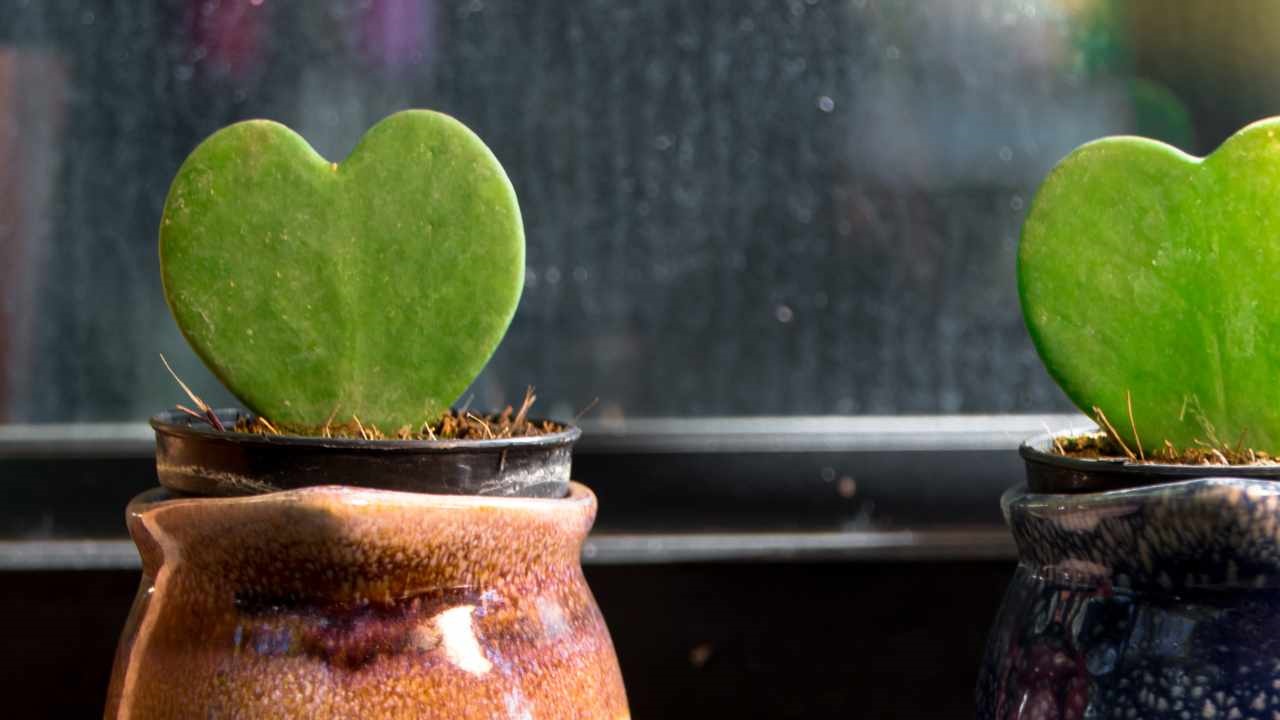
How to care for Hoya kerrii
Hoya kerrii is a climbing plant that thrives in sunlight, but it prefers indirect sunlight. It adapts easily to the home environment and grows quickly. You can place it both indoors and outdoors, as long as it’s shielded from direct sunlight to prevent leaf damage from sunburn.
Regarding temperature, Hoya kerrii flourishes in warm, humid climates. It tolerates standard house temperatures, typically ranging from 64-79°F (or 18-26°C), quite well. It’s essential to avoid exposing it to temperatures below 50°F (or 10°C), as this could potentially harm the leaves.
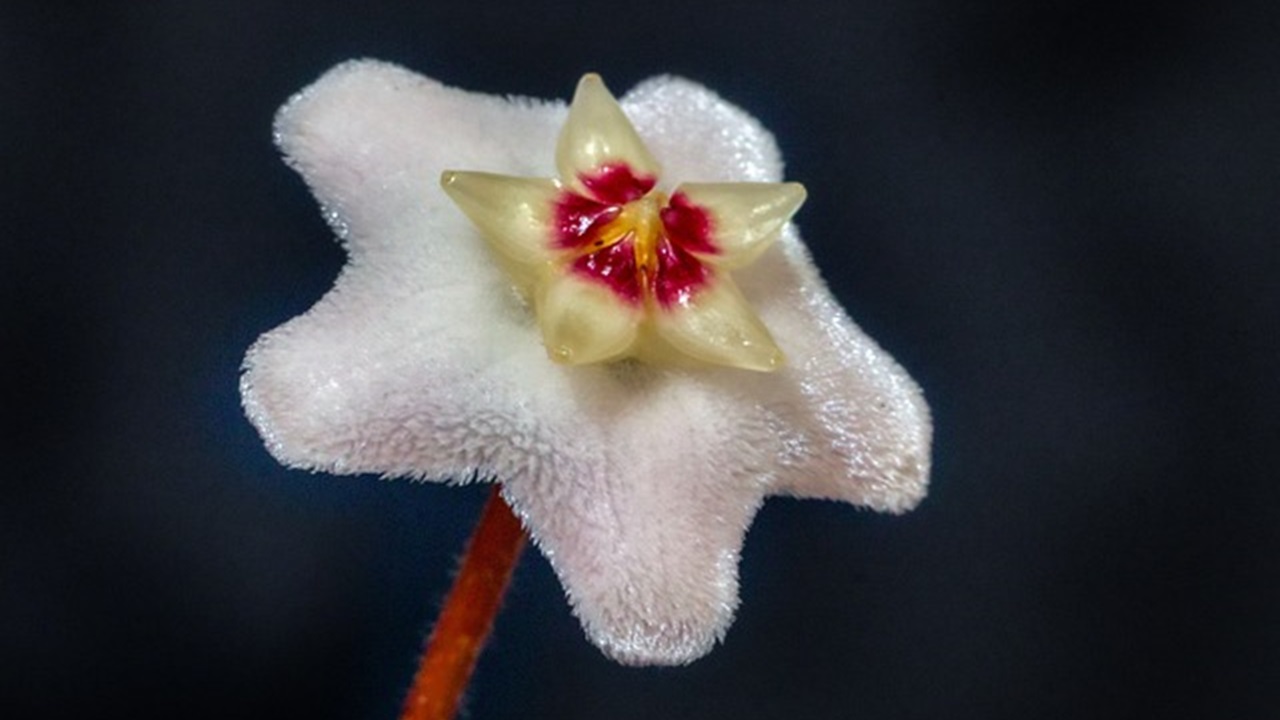
Being a succulent, Hoya kerrii requires moderate watering, emphasising avoiding water stagnation. Since these plants are sensitive to the minerals in tap water, it’s best to use distilled water or rainwater for watering. To encourage abundant flowering, consider using fertilizer every 20-25 days.
If you want to propagate Hoya kerrii, you can do so through cuttings. Take a leaf and allow it to root in a separate pot. Unlike many other houseplants, this succulent does not lose its leaves throughout the seasons. With proper care, it can last for years.
As a houseplant, Hoya kerrii is relatively resistant to diseases and parasites. The most common pests you might encounter are aphids on the leaves. In such cases, you can create a solution with water and Marseille soap, soak a cloth or sponge, and gently wipe the leaves every 3 or 4 days until the infestation is completely healed.
